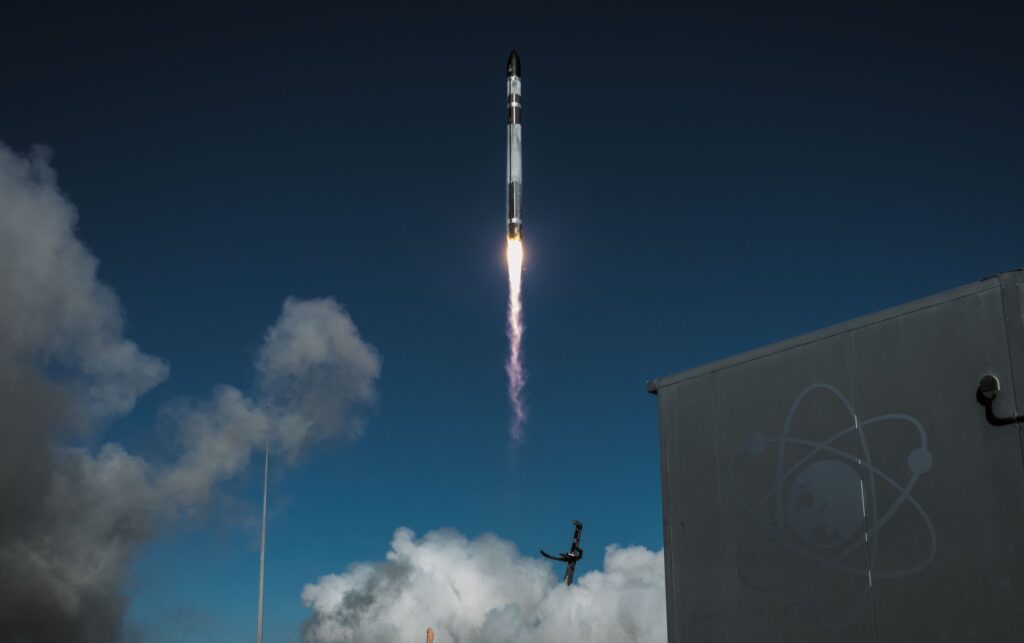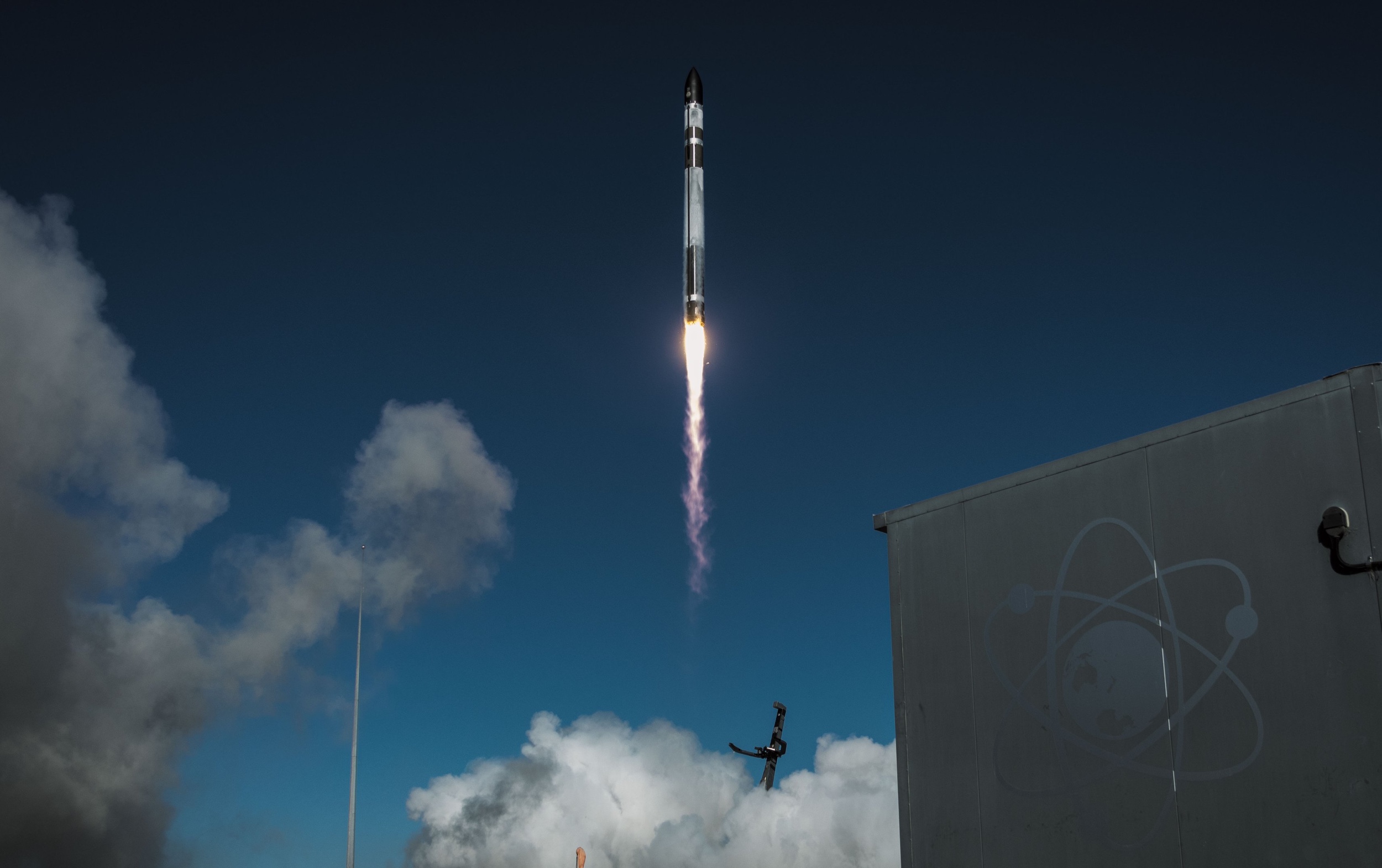Now Reading: Second New Glenn launch set for Nov. 9
-
01
Second New Glenn launch set for Nov. 9
Second New Glenn launch set for Nov. 9


ORLANDO, Fla. — Blue Origin says the second launch of its New Glenn rocket, carrying a pair of NASA Mars spacecraft, is scheduled for Nov. 9.
The company formally announced the launch date Nov. 5 for the NG-2 mission from Cape Canaveral Space Force Station’s Launch Complex 36. Liftoff is expected around 2:45 p.m. Eastern time.
The flight, the first for New Glenn since its inaugural launch in January, will carry NASA’s Escape and Plasma Acceleration and Dynamics Explorers, or ESCAPADE, mission. ESCAPADE consists of twin small satellites built by Rocket Lab and operated by the University of California Berkeley’s Space Sciences Laboratory to study how the solar wind interacts with Mars’ magnetic field and upper atmosphere.
Those studies will help researchers understand how Mars lost most of its early atmosphere and prepare for future human missions. “We will be making the space weather measurements we need to understand the system well enough to forecast solar storms whose radiation could harm astronauts on the surface of Mars or in orbit,” said Rob Lillis, ESCAPADE’s principal investigator at SSL, in a statement.
ESCAPADE was originally slated to launch last October on the first New Glenn mission. However, delays in vehicle development led NASA to take the mission off that launch. New Glenn made its inaugural launch in January carrying only a Blue Origin technology demonstration payload that remained attached to the upper stage.
This launch takes place outside the normal Mars mission windows, which open roughly every two years. Instead, ESCAPADE will follow a novel trajectory that allows it to linger for a year near the Earth-sun L2 Lagrange point before performing an Earth flyby in November 2026 to set course for Mars, arriving in 2027.
The trajectory, developed by Advanced Space, could enable future Mars missions to launch at almost any time rather than waiting for relatively short windows every two years.
“Can we launch to Mars when the planets are not aligned? ESCAPADE is paving the way for that,” said Jeffrey Parker, chief technology officer at Advanced Space, during a presentation at the Small Satellite Conference in August.
ESCAPADE is funded through NASA’s SIMPLEx program for small planetary science missions. It was selected alongside Janus and Lunar Pathfinder. Janus was canceled when the primary payload for its launch, the Psyche asteroid mission, was delayed, while Lunar Pathfinder was lost hours after its launch in February.
The launch is proceeding despite a government shutdown that began Oct. 1 after Congress failed to pass a temporary spending bill. Because of the shutdown, NASA is expected to provide only limited coverage of the launch, such as a webcast.
For Blue Origin, this will be the first New Glenn flight to carry an operational payload. In addition to ESCAPADE, Viasat will test telemetry and data relay services with a user terminal mounted on the rocket. The demonstration is part of NASA’s Communications Services Project, which aims to transition from NASA-run relay systems to commercial networks.
“NG-1’s goal was clear: reach orbit, everything after that was a bonus,” said Dave Limp, chief executive of Blue Origin, in a social media post. “NG-2 builds on that with our primary goal to get ESCAPADE safely to orbit and land the booster.”
Blue Origin attempted to land the New Glenn first stage on a recovery ship, Jacklyn, in the Atlantic Ocean during NG-1, but an engine malfunction prevented the landing. Company officials say they are more optimistic about success on NG-2.
“What if we don’t stick the landing? That’s OK. We’ve got several more New Glenn boosters already in production,” Limp said.
Stay Informed With the Latest & Most Important News
Previous Post
Next Post
-
 012024 in Review: Highlights from NASA in Silicon Valley
012024 in Review: Highlights from NASA in Silicon Valley -
 02Panasonic Leica Summilux DG 15mm f/1.7 ASPH review
02Panasonic Leica Summilux DG 15mm f/1.7 ASPH review -
 03How New NASA, India Earth Satellite NISAR Will See Earth
03How New NASA, India Earth Satellite NISAR Will See Earth -
 04And Thus Begins A New Year For Life On Earth
04And Thus Begins A New Year For Life On Earth -
 05Astronomy Activation Ambassadors: A New Era
05Astronomy Activation Ambassadors: A New Era -
06SpaceX launch surge helps set new global launch record in 2024
-
 07Space Force plans new ‘Futures Command’ amid pressure to speed up modernization
07Space Force plans new ‘Futures Command’ amid pressure to speed up modernization




















